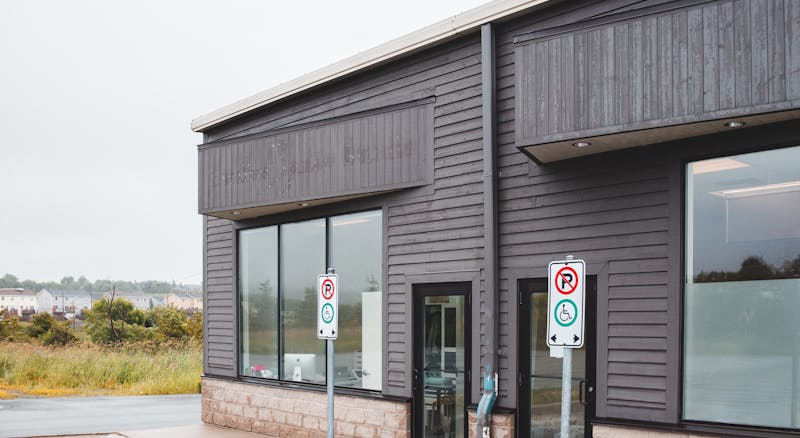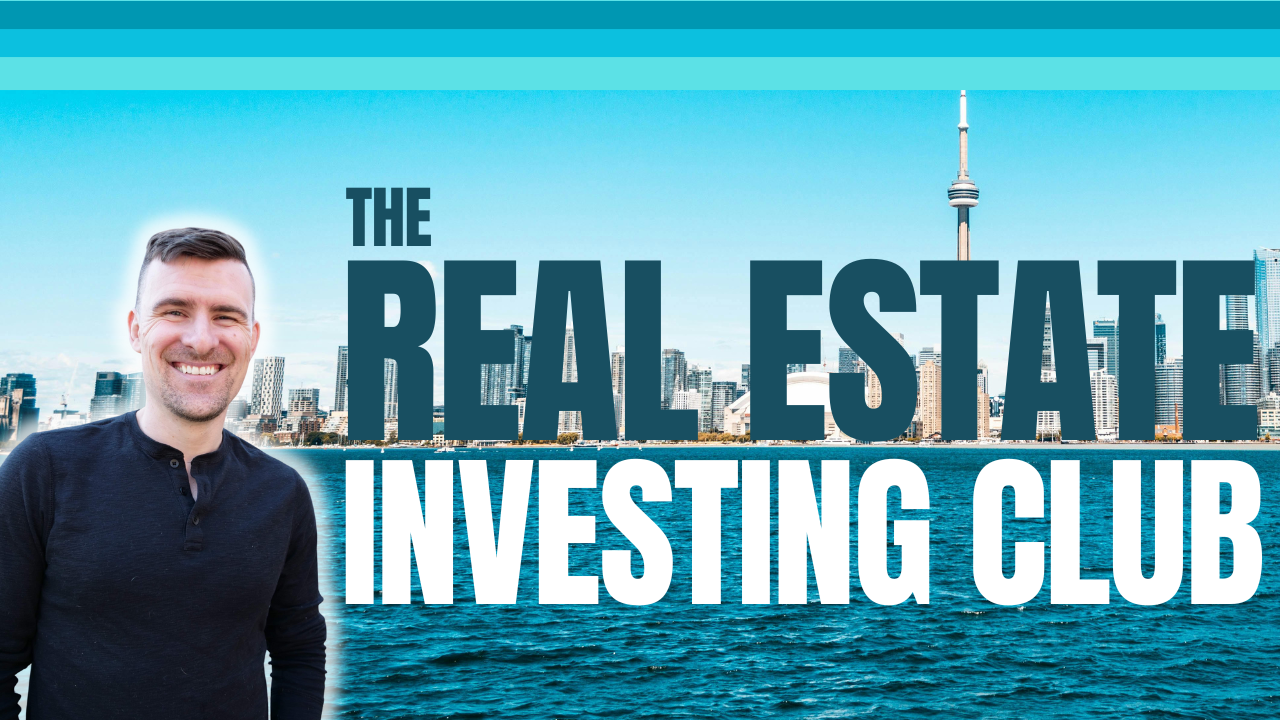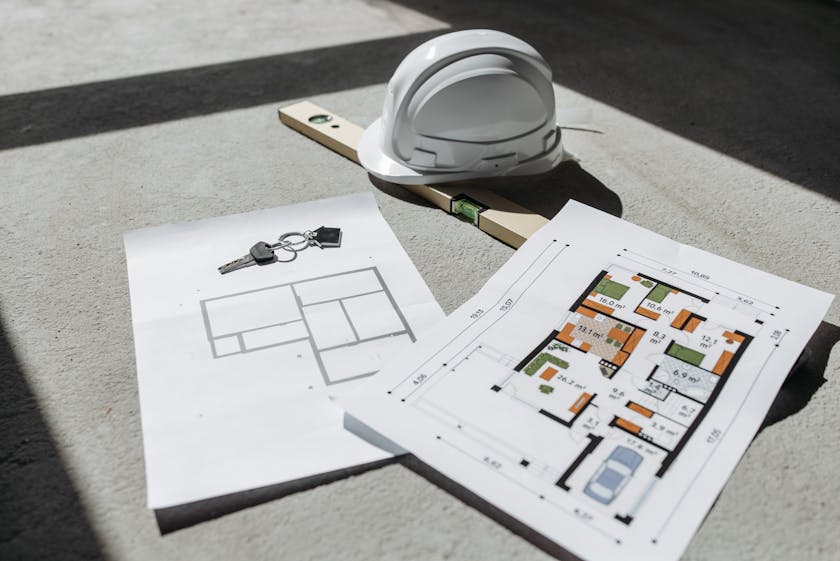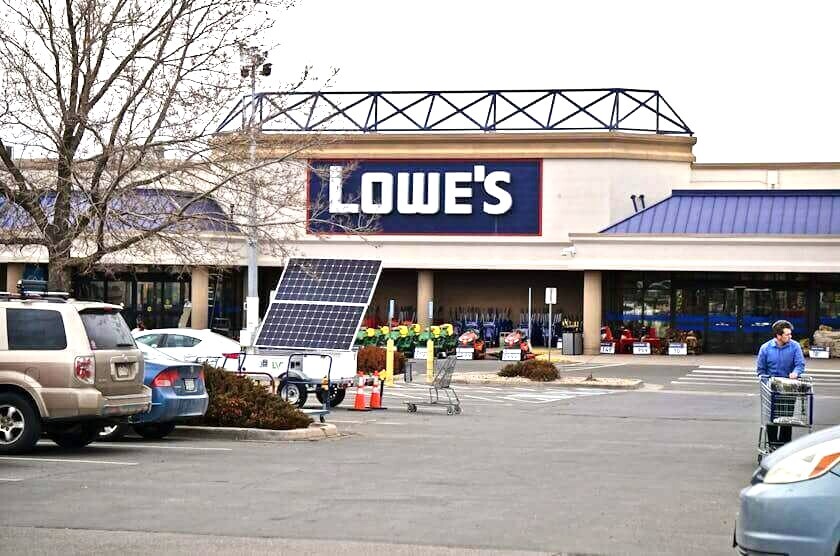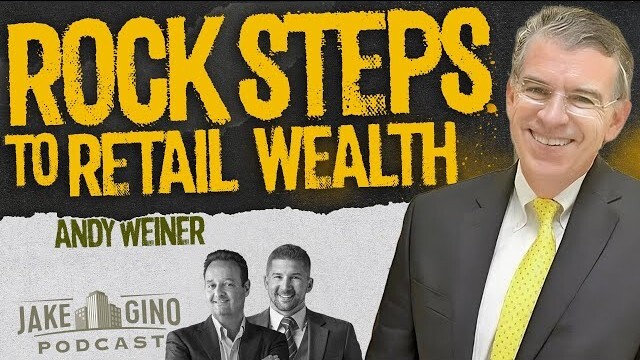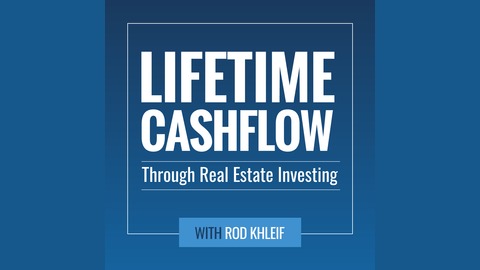The RockStep Advantage: Expense Recovery Strategies For CRE Properties
April 28th, 2025
4 min read
By Andy Weiner

When I look at shopping centers, one of the first things I focus on is expense recovery. It’s not flashy, but it’s critical. If you want to drive value, you've got to protect your net operating income (NOI). And that means no leakage. I’m talking about making sure tenants pay their fair share (not more, not less) of taxes, insurance, and common area maintenance.
Net operating income is calculated as revenue minus expenses. Revenue is composed of base rent plus reimbursement for triple-net leases. That’s where the whole game starts.
Why Triple-Net (NNN) Leases Matter
Let’s start with the basics. Expense recovery deals with the revenue line in the calculation of net operating income. What we’re aiming for is straightforward: 100% triple-net leases. That means tenants reimburse us for their share of property taxes, insurance, and CAM—and that’s the most straightforward way to structure a shopping center financially.
Here’s how it works in real life. If the tenant has 10% of the space of a shopping center and property taxes are a hundred thousand dollars, then the tenant would pay a dollar a square foot or $10,000 for a reimbursement to the landlord for property taxes. Same with insurance. Generally, casualty insurance is more expensive per foot than liability insurance, but... that would be a reimbursement to the landlord. This isn’t about profit—it’s about making sure NOI stays accurate.
When Leases Are Not Triple Net (NNN)
Of course, not every lease is structured this way. Sometimes, you inherit gross leases or percent-in-lieu leases, which usually means the tenant had more leverage during negotiations. Generally, a triple net situation is when the landlord has more leverage than the tenant. A gross lease is one in which the tenant has more leverage. In those cases, the landlord is eating the cost increases unless the lease says otherwise. You can still make the economics work, but you'd better know your basis going in.
CAM: The More Complicated Component
Now let’s talk about Common Area Maintenance, or CAM. This is where things get layered. Common area maintenance is the cost of maintaining a shopping center. It includes everything from landscaping and lighting to trash removal, security, and cleaning.
CAM isn’t just a cost category—it’s where negotiation really takes place between landlord and tenant.
Keep An Eye On Administrative Costs
One big friction point? Administrative overhead. A lot of tenants will not allow an allocation of the cost of property management... Or they'll say that only 5% or 10% or 15% of that cost can be allocated to administrative costs. They want every dollar they pay to go to visible, tangible services, not back-office support.
Be Careful With Capital Expenses
Then you’ve got capital expenses, which are big-ticket repairs like roofs or HVAC. Those are capital costs.
And can a landlord allocate capital costs for parking lot lighting replacement, roof replacement, and air conditioning replacement? The answer is usually no. But sometimes you can amortize it. What you could do is allocate capital costs over a 10-year life and allocate them to a tenant.
Again, you’ve got to know exactly what your leases allow—and not push it past what tenants will accept.
The Negotiation Power Balance
All of this comes down to negotiation. A tenant does not want to be treated unfairly, and they want to understand what their CAM charges will be so that they can predict their profitability. A strong landlord can push for more expenses to be included.
One frequent sticking point is that the CAM charge increases. Sometimes the tenant will say, “You can only have a 5% increase in common area charges. Even though utilities have gone up and other repairs have gone up by 12% or 30%, you're only going to charge me as a tenant 5%, and you, as a landlord, are going to eat the other piece.”
That’s where the landlord absorbs the hit. We don’t love that, but sometimes it’s the deal you make.
How The RockStep Capital Team Handles Reconciliations
Now let’s talk about the mechanics, which is essentially how you actually bill and true up expenses at the end of the year. This is the part where your team better know what they’re doing. At the end of the year, the property manager has to identify all of these costs, gather all of these costs, look at the lease, and produce a reconciliation report. If the tenant paid too little, we send a bill. If they paid too much, we cut a check.
We use Yardi, an online property management tool, to do this. Generally, the entire process takes our thorough and highly skilled property management team a total of 90 days to complete. Above all, you need a robust, accurate, and timely expense recovery property management team. And that's what we've got at RockStep Capital.
Sometimes tenants push back. Anchor tenants generally have CAM stops and limitations that are extremely well defined and very, very complex. You’ve got to read every lease, understand the nuance, and make sure your calculations line up. And if they don’t, you’ve got to be ready to negotiate.
Repositioning To Increase The Property's Value
Sometimes, value creation is about restructuring the property itself.
Let’s say you're able to demo a shopping center by taking out the interior corridor. In theory, your common area expenses should go down. You’re removing HVAC zones, eliminating staffing needs, and cutting shared services. That means CAM drops.
But the real upside? Valuation. A mall might be valued at a 12 to 17% yield or cap rate. An open-air center might be valued at an 8 to 9% yield or cap rate. That shift in yield means your property is worth more. You try to figure out how to demo. And if the math works, demo it. You don’t fall in love with the building. You fall in love with the numbers.
What I Have Learned About Expense Recovery Over The Years
I’ve been doing this a long time, and here’s the truth: When you go in, first of all, you have to buy property at a very low basis. That gives you options. You can absorb more risk. You can work with tougher tenants. And you can still hit your numbers.
Triple Net (NNN) Is Great, But Not Always
Look, triple net is ideal. But sometimes, if your operating team is strong enough, you can do gross leases or double net leases.
You can say, “I'm going to absorb a dollar a square foot... but any increase above that, you're going to pay that increase.” That keeps things fair for both sides while protecting you from inflation or surprises.
Advice For Real Estate Professionals Just Getting Started
If you’re just getting into this business, here’s my advice: It’s all about learning. And not just the basics. Learn the nuances: CAM, taxes, admin costs, capital allocation. Learn to read a lease inside and out.
The best way to learn is by diving in. Take the time to learn about all the issues, and then get your hands dirty by actually reviewing leases, performing calculations, and providing supporting documentation to tenants.
This isn’t theoretical. You’ve got to get in the trenches and do it.
At the end of the day, understanding expense recovery is foundational. The idea is to be very careful about leakage and making sure that you can protect and grow net operating income. That’s how you drive returns. That’s how you build value. Get the leases right, back up the math. And surround yourself with a team that knows how to handle the details. Because in this business, the details are where you win or lose.
Andy Weiner is the CEO and Founder of RockStep Capital, a Houston-based real estate investment firm focused on shopping center developments in secondary and tertiary markets. A Stanford and University of Texas graduate, he began his career in his family’s retail business. Since 1997, he has led the acquisition or development of over 9.7 million square feet of shopping centers across 11 states without capital calls or assets returned to lenders.
Topics:





